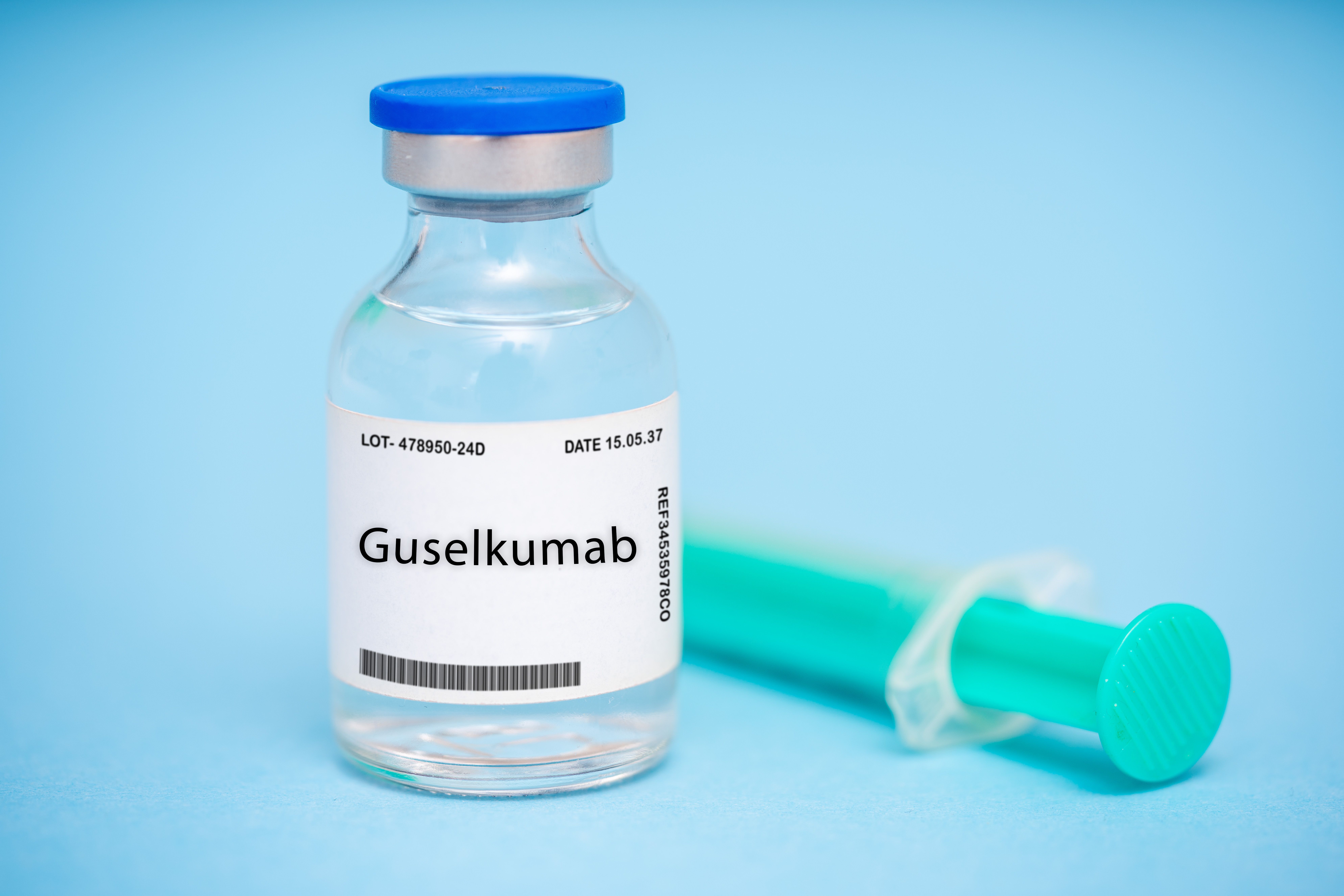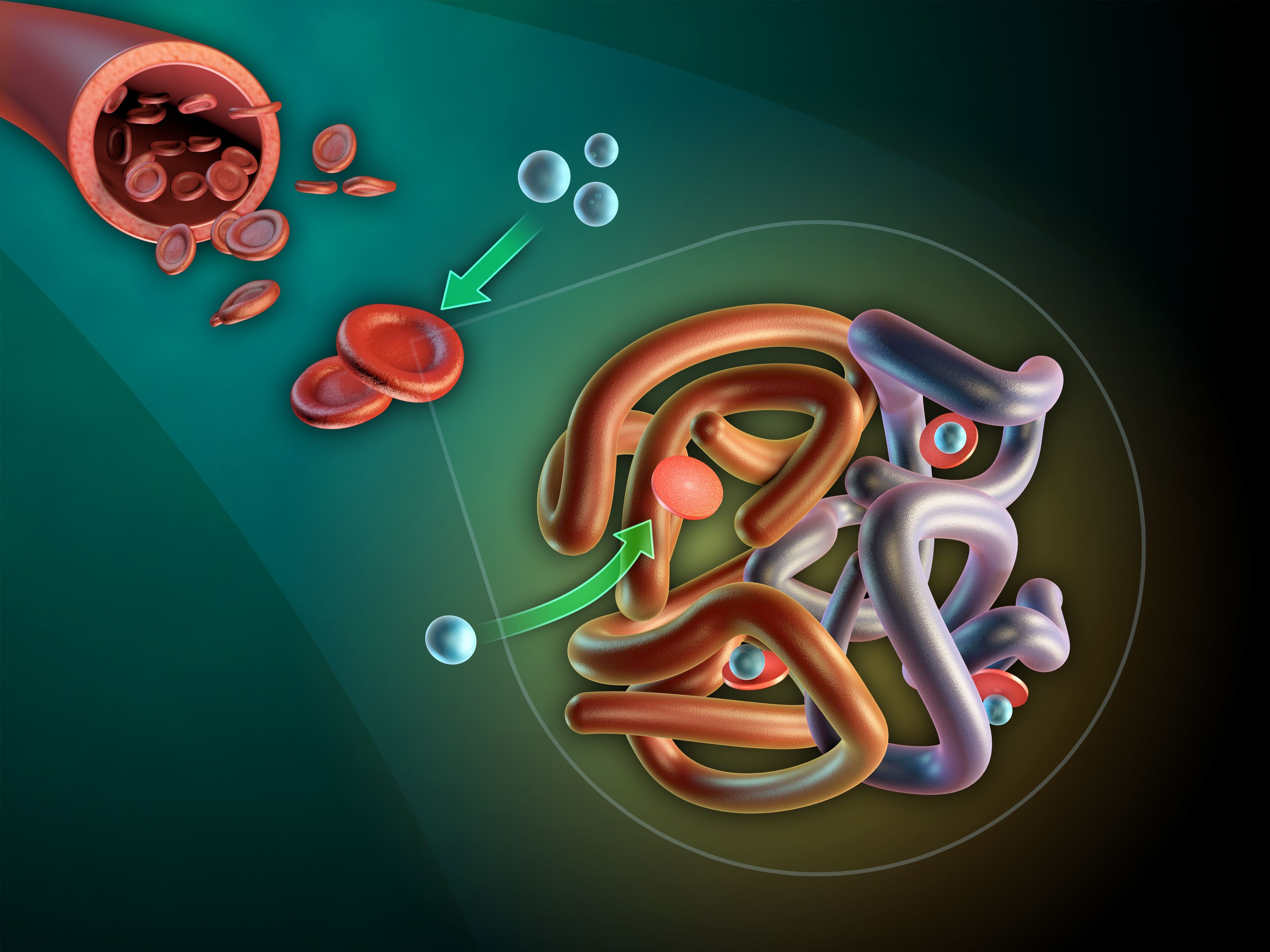Article
Four Factors Identified as Potential Risks for Comorbid CRSwNP, Asthma
Author(s):
Researchers investigated potential risk factors for the higher occurrence of asthma among individuals who have chronic rhinosinusitis with nasal polyps (CRSwNP).
Being female, presence of allergic rhinitis, elevated serum total immunoglobulin E (IgE), and elevated blood eosinophil were identified as potential risk factors in individuals who have chronic rhinosinusitis with nasal polyps (CRSwNP) for developing comorbid asthma.
These study findings recently appeared online in BMC Pulmonary Medicine, and they also show potential of new scoring system—FAIE, or Female, Allergic rhinitis, IgE, and Eosinophil—for screening for these cormobidities.
“Although 20% to 60% of patients with CRSwNP have asthma,” the investigators wrote, “the risk factors associated with comorbid asthma are not clear.”
Patients were matched 2:1, with 150 patients in the modeling group (females, 36.7%; mean age, 48 years) and 78 patients in the validation group (females, 41%; mean age, 48.2 years). Demographic and clinical data on patients in the modelling cohort helped to determine the risk factors and the scoring system.
Following logistic regression analysis, serum total IgE of 69.0 kU/L was shown to have the highest associated risk, of 11 times greater vs those who did not have this IgE level (β 2.483; odds ratio [OR], 12.0; P < .001). Presence of allergic rhinitis had the lowest elevated risk, at 1.9 time above that of someone who does not have allergic rhinitis (β 1.070; OR, 2.9; P = .021).
There was a 5.4-times elevated risk of comorbid asthma associated with female gender (β 1.852; OR, 6.4; P < .001) and a 3.0 greater risk linked to a blood eosinophil count of 0.35 x 109/L (β 1.388; OR, 4.0; P = .001).
The FAIE screening system, which incorporated a scale of 0 (no risk) to 6 (high risk), was based on these results. It was shown to have 83.8% sensitivity and 68.6% specificity. The optimal cut-off value was at least 3 points in the validation cohort, and the area under the receiver operating characteristic curve was 0.823. Overall, 75.3% of the patients who had a FAIE score of 3 or above were determined to have asthma per Global Initiative for Asthma (GINA) criteria.
Total asthma comorbidity as determined by FAIE “was moderately consistent with that defined by GINA,” (Kappa = 0.513; P < .001), showing 74.4% specificity and 76.9% sensitivity among the modeling cohort. Seventy-five percent of patients with a FAIE score of at least 3 again were identified as having asthma per GINA criteria, with this, too, moderately consistent with that guidance (Kappa = 0.513; P < .001).
Beyond serum total IgE, allergic rhinitis, female gender, and eosinophil count, 5 additional factors were associated with higher risk of comorbid among patients with CRSwNP, but these did not maintain statistical significance following additional analysis among the modeling cohort of patients with and without asthma, respectively:
- Body mass index: 23.5 vs 25.2 kg/m2 (P = 0.019)
- Hypersensitivity to nonsteroidal anti-inflammatory drugs: 21.3% vs 2.9% (P = .001)
- Blood eosinophil percentage: 6.1% vs 4.5% (P = .001)
- Positive eosinophil of nasal secretion: 38.8% vs 22.9% (P = .036)
- Fractional exhaled nitric oxide: 35.0 vs 20.5 ppb
“To the best of our knowledge, this is the first study to systematically evaluate the factors associated with comorbid asthma in patients with CRSwNP,” the study authors wrote, “and to establish a system to screen comorbid asthma in these patients.” They added that their findings on the 4 factors associated with a higher risk of the comorbid conditions echo previous studies.
Because asthma is such a heterogeneous disease, they emphasized, further study is necessary to more precisely identify who may have the highest risk of CRSwNP and comorbid asthma, as well as “evaluate the efficiency of the FAIE system for predicting asthma incidence in CRSwNP patients.”
Reference
Li F, Wang X, Shen S, et al. Risk factors associated with comorbid asthma in patients with chronic rhinosinusitis with nasal polyps: a cross-sectional study. BMC Pulm Med. Published online September 7, 2022. doi:10.1186/s12890-022-02138-0





